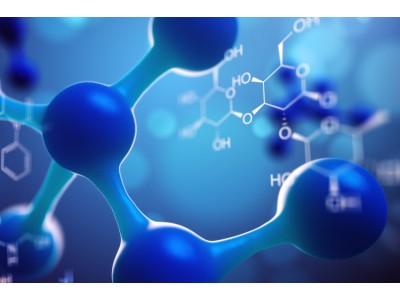| Bioactivity | trans-Isoferulic acid-d3 is the deuterium labeled trans-Isoferulic acid[1]. trans-Isoferulic acid (trans-3-Hydroxy-4-methoxycinnamic acid) is an aromatic acid isolated from the roots of Clematis florida var. plena. trans-Isoferulic acid exhibits anti-inflammatory activity[2].trans-isoferulic acid suppresses NO and PGE2 production through the induction of Nrf2-dependent heme oxygenase-1 (HO-1)[3]. |
| Invitro | Stable heavy isotopes of hydrogen, carbon, and other elements have been incorporated into drug molecules, largely as tracers for quantitation during the drug development process. Deuteration has gained attention because of its potential to affect the pharmacokinetic and metabolic profiles of drugs[1]. |
| Name | trans-Isoferulic acid-d3 |
| CAS | 1028203-97-5 |
| Formula | C10H7D3O4 |
| Molar Mass | 197.20 |
| Transport | Room temperature in continental US; may vary elsewhere. |
| Storage | Please store the product under the recommended conditions in the Certificate of Analysis. |
| Reference | [1]. Russak EM, et al. Impact of Deuterium Substitution on the Pharmacokinetics of Pharmaceuticals. Ann Pharmacother. 2019 Feb;53(2):211-216. [2]. Kai-Hui Sun, et al. A new indole-type alkaloid from the roots of <i>Clematis florida var. plena</i>. Nat Prod Res. 2019 Oct;33(20):2925-2931. [3]. Matharage Gayani Dilshara, et al. Downregulation of NO and PGE2 in LPS-stimulated BV2 microglial cells by trans-isoferulic acid via suppression of PI3K/Akt-dependent NF-κB and activation of Nrf2-mediated HO-1. Int Immunopharmacol. 2014 Jan18(1):203-11. |

trans-Isoferulic acid-d3
CAS: 1028203-97-5 F: C10H7D3O4 W: 197.20
trans-Isoferulic acid-d3 is the deuterium labeled trans-Isoferulic acid. trans-Isoferulic acid (trans-3-Hydroxy-4-methox
Sales Email:peptidedb@qq.com
This product is for research use only, not for human use. We do not sell to patients.